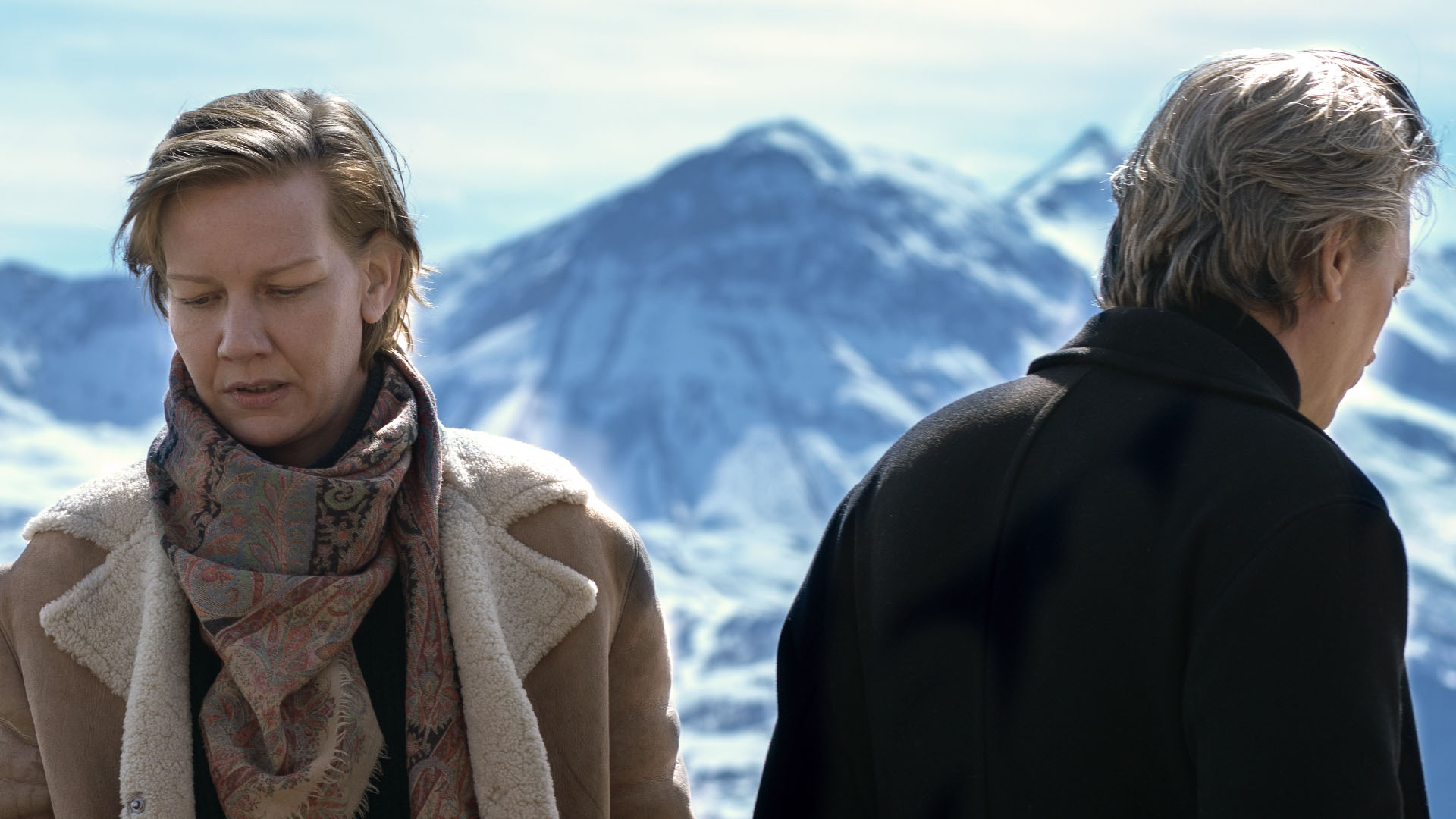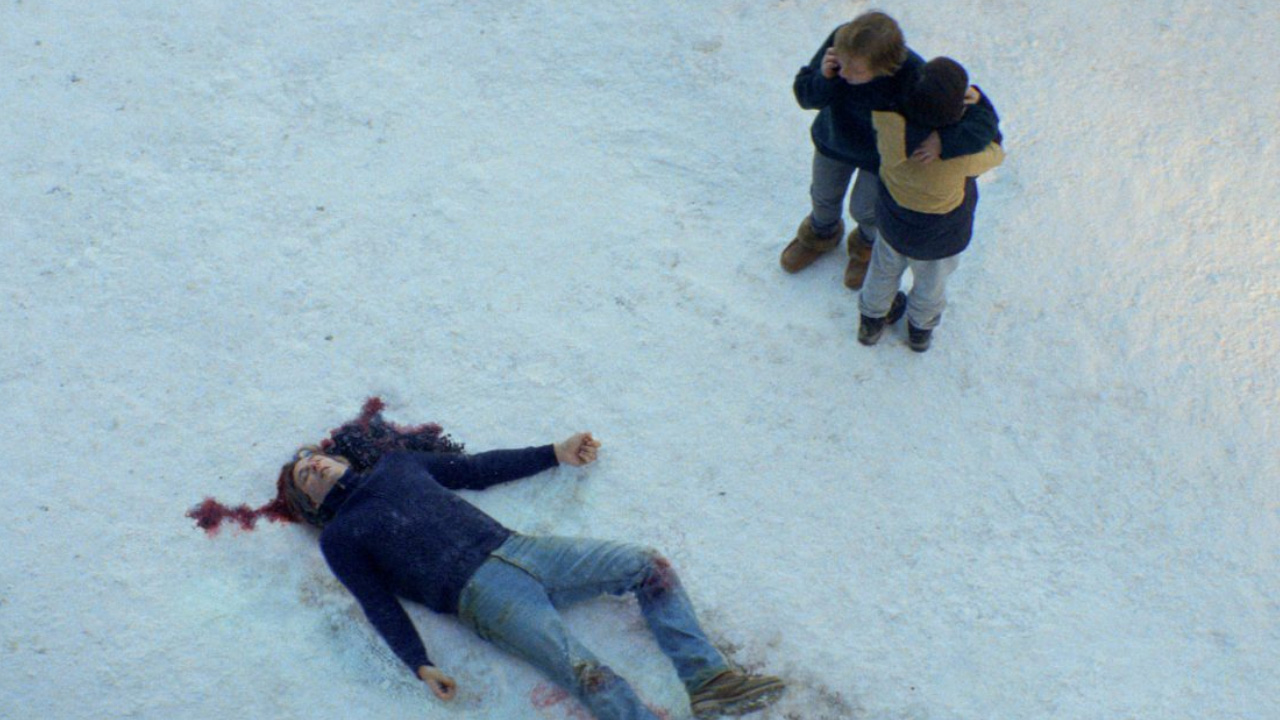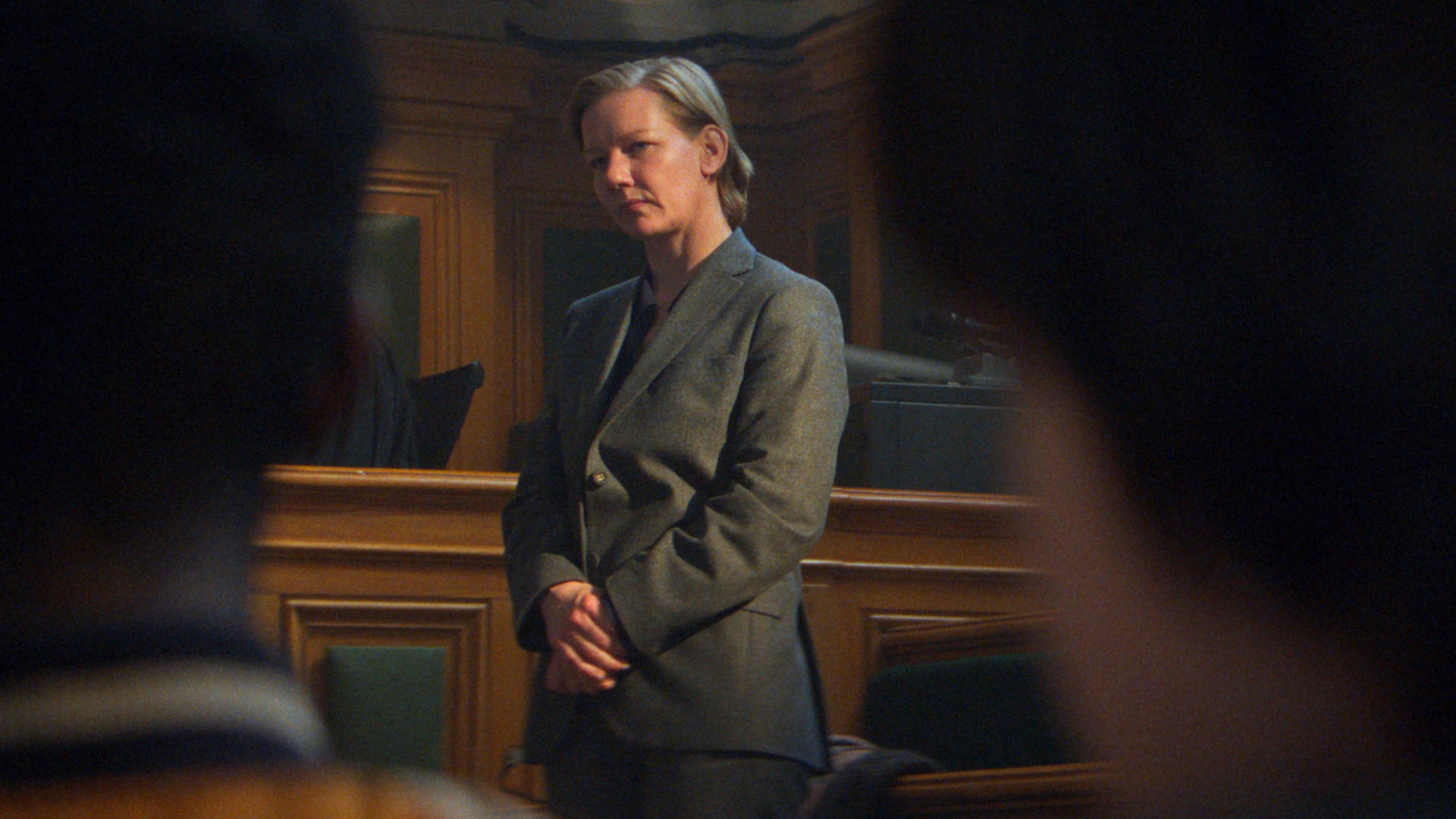Palme d’Or winner Anatomy of a Fall elevates the criminal procedural genre

Courtroom procedural Anatomy of a Fall, by director Justine Triet (Sibyl), took out top honours at this year’s Cannes Film Festival. Anatomy of a Fall may impress more than it wows, but there’s nothing wrong with celebrating sterling craft, reports Rory Doherty from Cannes.
The procedural genre—which structures stories around authentic, ordered procedures used in certain professions—is one of the longest-lasting, most recognisable, and narratively robust types of modern storytelling. There’s a pure satisfaction in seeing crooks being caught, illnesses being thwarted, and cases being tried because we are strangely coded to find characters who are good at their job appealing and compelling. Here, audiences don’t want conflicted, dangerous characters, but steady, fixed motives and digestible technical detail.
The procedural hasn’t always been regarded as a less artistic type of narrative, but when the most recognisable current examples of the genre are Law and Order and whatever version of CSI they’re currently on, a certain prestige is lost. Within the last year alone, we’ve seen in Decision to Leave and Killers of the Flower Moon how some of the world’s greatest living filmmakers have turned the genre into something emotionally rich and complex, but Anatomy of a Fall—this year’s Palme D’Or winner—is as interested in the process of investigations as the crime being investigated.

The set-up is attention-grabbing but not overly complex: a German woman, Sandra (Sandra Hüller) is indicted after the suspicious death of her husband, Samuel (Samuel Theis). He fell from the third-floor window of their French Alpine chalet, injuring his head and expiring on the unblemished snow. The only witnesses: their blind son Daniel (Milo Machado Graner) and his border collie Snoop (the winner of the Palm Dog, which is awarded to the best dog in competition at Cannes).
It’s refreshing to see one of cinema’s most respectable awards (the Palme D’Or, not the Palm Dog) go to not just an artistically executed procedural, but one that mines the emotional depth of its characters without sacrificing any of the details of France’s prosecution and court system. By submerging us in a criminal trial, Anatomy of a Fall plays with the inherent ambiguity and rhetoric of arguing for someone’s innocence and guilt; it’s a film that relishes in certainty and uncertainty held in the phrase “beyond believable doubt”.
Sandra is an opinionated and slightly overbearing crime writer—watching her natural pomposity in an early, emotionally charged interview with a doctoral student conveys the confidence that’s going to be steadily eroded over the course of the trial. We are also introduced to some meaty martial tension as Samuel drowns out their conversation with deafening 50 Cent music, and the student will later channel the awkwardness she felt into shrewd, pointed observations on the witness stand. It’s a good microcosm of the psychologically tricky ways the court system makes us think and behave—every affectation and vibe can be used in a litigious context.
As Sandra, Hüller is like a lit fuse, sparking and bristling with volatility as she is pressured and manoeuvred from every side. She opts to speak English around her son and husband rather than French, putting her on the back foot when her defence lawyer Vincent (Swann Arlaud) insists she speak in her third language to appeal to the French court. When Sandra does make the switch to English, in order to convey her more complicated emotional truths, there’s a sense of honesty in her tone—but is this also calculated? Anatomy of a Fall’s greatest strength is its resistance to overplaying what’s beneath the surface; audiences will be able to feel in real-time when they stop caring about what actually happened to Samuel, and start framing it as, which lawyer has the stronger case?
Another highlight of the film is Daniel, played with a delicate but urgent conviction by Machado Graner. He’s not just brilliant in the quiet but mighty moment he schools the judge on criminology, but in his difficult, conflicted periods of grief, unsure who to blame or how to better his situation. Ultimately, he takes centre stage in deciding the trial’s verdict, a development shaded with the same playful ambiguity that Sandra’s motives and actions are coloured with.

French director Justine Triet (the third female filmmaker to win the Palme after Jane Campion’s The Piano and Julia Ducournau’s Titane) and cinematographer Simon Beaufils hold a tight stylistic hold over the proceedings. Her camera is mannered, restrained, but still voyeuristic—there’s a curiosity to the way it lingers in scenes, watching and silently judging the characters in play. When it moves, it’s deliberate and impactful, a contrast to flashback scenes where conversations are recounted as evidence.
Here, the camera is more expressive, using a more relaxed and emotionally loaded cinematic language. This is the space where memory is flawed, emotions rule over reason, and we’re more aware that what we’re seeing is constructed. It’s like the controlled filmmaking is trying to make sense of its more expressive counterpart; for a film that voyages into the heart of criminal justice, Triet couldn’t have chosen a more suitable style. Anatomy of a Fall may impress more than it wows, but there’s nothing wrong with celebrating sterling craft and elevating an oft-dismissed genre.



















